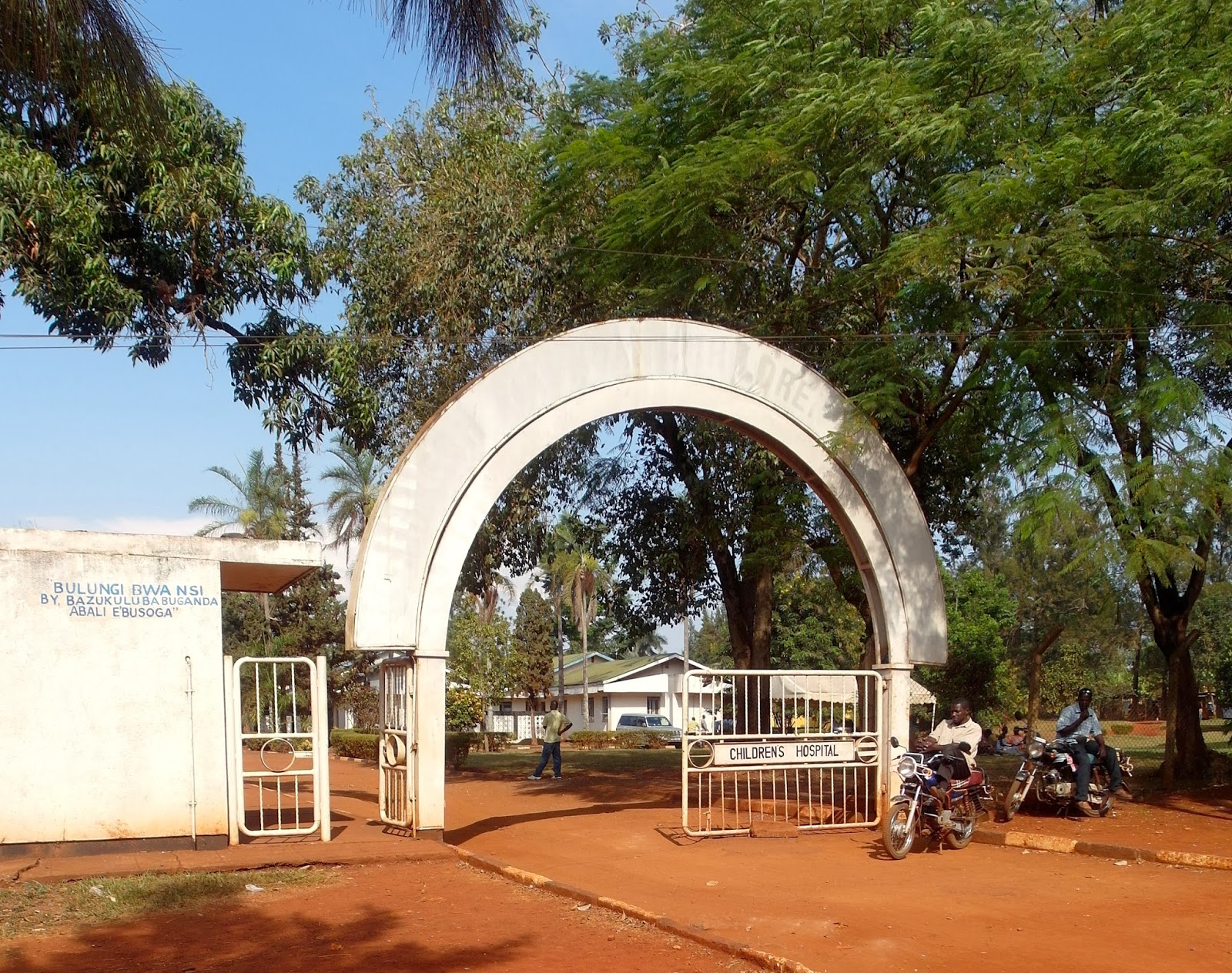 |
| MDGS copied from Born too soon report |
If you are wondering what all the fuss is
about and why the RCPCH has decided to send us out here, it is partly because
of the famous United Nations Millennium development goals (MDGS). I first heard about these goals whilst I was
listening to a clever man speak at the University college of Ife, Nigeria
summer of 2013. A week before I heard this speech I had my interview with the
RCPCH Global links and was given an offer to come out here just before my
flight to Nigeria. When I heard the speech I knew I had made the right
decision, it was one of those moments when everything becomes clear. The UN has 8 MDGS, it is a blueprint made by
all the countries of the world to meet the needs of the poorest and improve standards
of living globally. MDG4 aims to reduce
childhood mortality, the largest of which is neonatal death in developing
countries. A staggering 40% of under 5
deaths are neonates, Neonates are babies less than 28 days old, some are born
too soon (premature), born too small (Low birth weight), stillborn or born in
poor condition and unwell.
In low-income settings the mainstay of
management of neonates involves good antenatal care, maternal education, good
resuscitation at birth, WARMTH for low birth weight and premature babies as
well as early recognition of infections. A warm baby is less likely to get
unwell, more likely to gain weight and grow because they use less of their
energy to keep warm. And how does the WHO suggest we achieve warmth in
low-income settings? By doing Kangaroo
Mother Care (KMC).
 |
This
quote best describes why KMC is appropriate: “Incubators, where available, are
often insufficient to meet local needs or are not adequately cleaned. Purchase
of the equipment and spare parts, maintenance and repairs are difficult and
costly; the power supply is intermittent, so the equipment does not work
properly. Under such circumstances good care of preterm and low birth weight
babies is difficult: hypothermia (low temperature) and infections are frequent,
aggravating the poor outcomes. Frequently and often unnecessarily, incubators
separate babies from their mothers, depriving them of the necessary contact.”
 |
| Adapted from WHO pocket book, a mum doing KMC |
KMC was first noted in Kangaroos who keep
their babies warm by putting them in a pouch in front. Once a baby is stable, i.e. no longer needing
respiratory support, they can start KMC from as little as 30 minutes a day to
24 hours stretches. The baby is naked apart from a nappy, a hat and socks on
for warmth, they are then put skin to skin on the mum’s skin (clean skin) in
front of her chest and a cloth is wrapped round the baby. That way the baby can
nuzzle in and be fed, mum sees the baby constantly and can report any concerns.
This is done on the unit and after discharge.
Last week we had a set of twins born in very
good conditions with low birth weight of less than 2kg, they were both cold and
ideal for KMC. Both I and one of the local paediatricians sat and explained to
mum and dad that it would be beneficial for them to learn KMC and keep the baby
warm before we discharge them. My colleague spent over 20 minutes explaining
KMC to both parents and at the end asked if they were happy to learn, at which
point the dad replied… “but doctor I cannot afford a Kangaroo”. I could not
stop laughing! It just made my day, needless to say we started the explanation
again and they agreed to stay and learn.
 |
| The twins, eyes blurred out for confidentiality |
 My colleague Sarah and I are knitting hats
for the babies to wear during their KMC, our first guinea pigs are these 2
twins born prematurely. They both weighed less than 1 kilogram at birth and are
now 4 weeks old and going strong thanks to KMC, homemade CPAP (only respiratory
support we have) and antibiotics!
My colleague Sarah and I are knitting hats
for the babies to wear during their KMC, our first guinea pigs are these 2
twins born prematurely. They both weighed less than 1 kilogram at birth and are
now 4 weeks old and going strong thanks to KMC, homemade CPAP (only respiratory
support we have) and antibiotics! 












